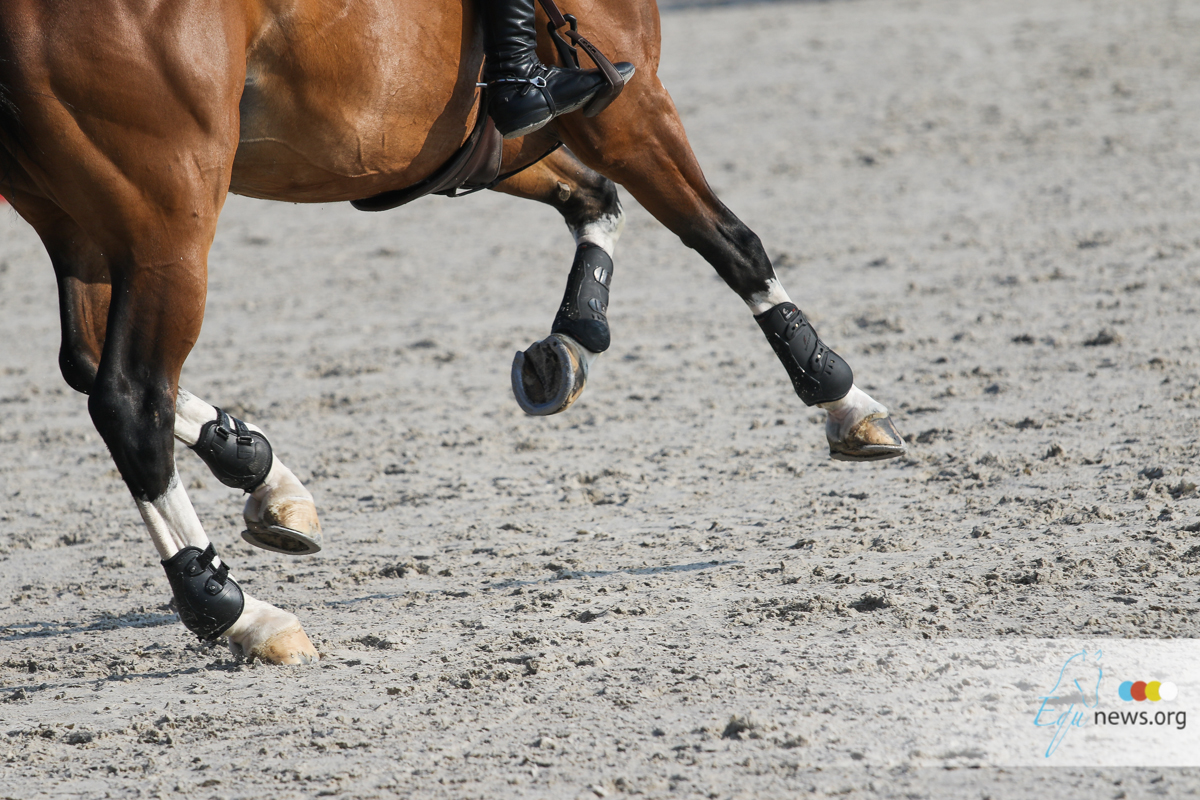After a stable in the Netherlands assigned maximum weights to male (100 kg) and female (90 kg) riders, the German federation addresses the issue. "It's not that simple," says the federation. "The allocation of a maximum weight depends on many factors!"
"How heavy a rider can be depends on many factors and varies from horse to horse. According to the German Equestrian Federation (FN), a maximum weight load of 15 to 20 percent of the horse's body weight is considered an appropriate guideline. However, a 'strict' boundary does not do justice to the matter.
The fact is: the weight of the rider and the carrying capacity of the horse must be balanced. Under no circumstances should the horse be exposed to the risk of health problems caused by the rider's weight. The carrying capacity of a horse is individually different and depends on numerous factors, making it currently not feasible to calculate it through a simple formula. The percentage of the rider's weight in relation to the horse's body weight can only provide an indication of the maximum tolerable weight load for a horse but cannot determine it exactly. For instance, a rider's weight equivalent to 20 percent of the horse's body weight may still be acceptable under optimal conditions, but in other cases, especially under less favorable circumstances for both the horse and the rider, it can be significantly burdensome for the horse.
Significant factors influencing the carrying capacity of a horse include its size, exterior, and training condition. Robust, compact horses can carry more weight than tall, slender horses. Horses with a broad, well-muscled loin area and a stable foundation are more resilient, with the circumference of the cannon bone being a notable indicator. Conversely, exterior defects reduce the carrying capacity. The horse's condition is also crucial. Underweight or overweight and poorly-muscled horses can carry less weight than those in good nutritional condition. Very young or very old horses may not be as resilient. Furthermore, horses can develop their carrying capacity within certain biomechanical and physical limits through appropriate training. This allows them to compensate for the rider's weight within certain boundaries by engaging their abdominal muscles and arching their backs.
When determining the maximum weight load, the type of performance expected from the horse should also be considered. For instance, in moderate endurance performances, such as in a slow gait, the horse may tolerate a higher weight load better than in short, intense exertions. An optimally fitting saddle is also an important factor.
But above all, the rider themselves and their equestrian skills and body proportions are crucial. A well-trained, balanced, and smooth-sitting rider will put much less strain on the horse's back than a beginner with less body weight.
(fn-press)"



